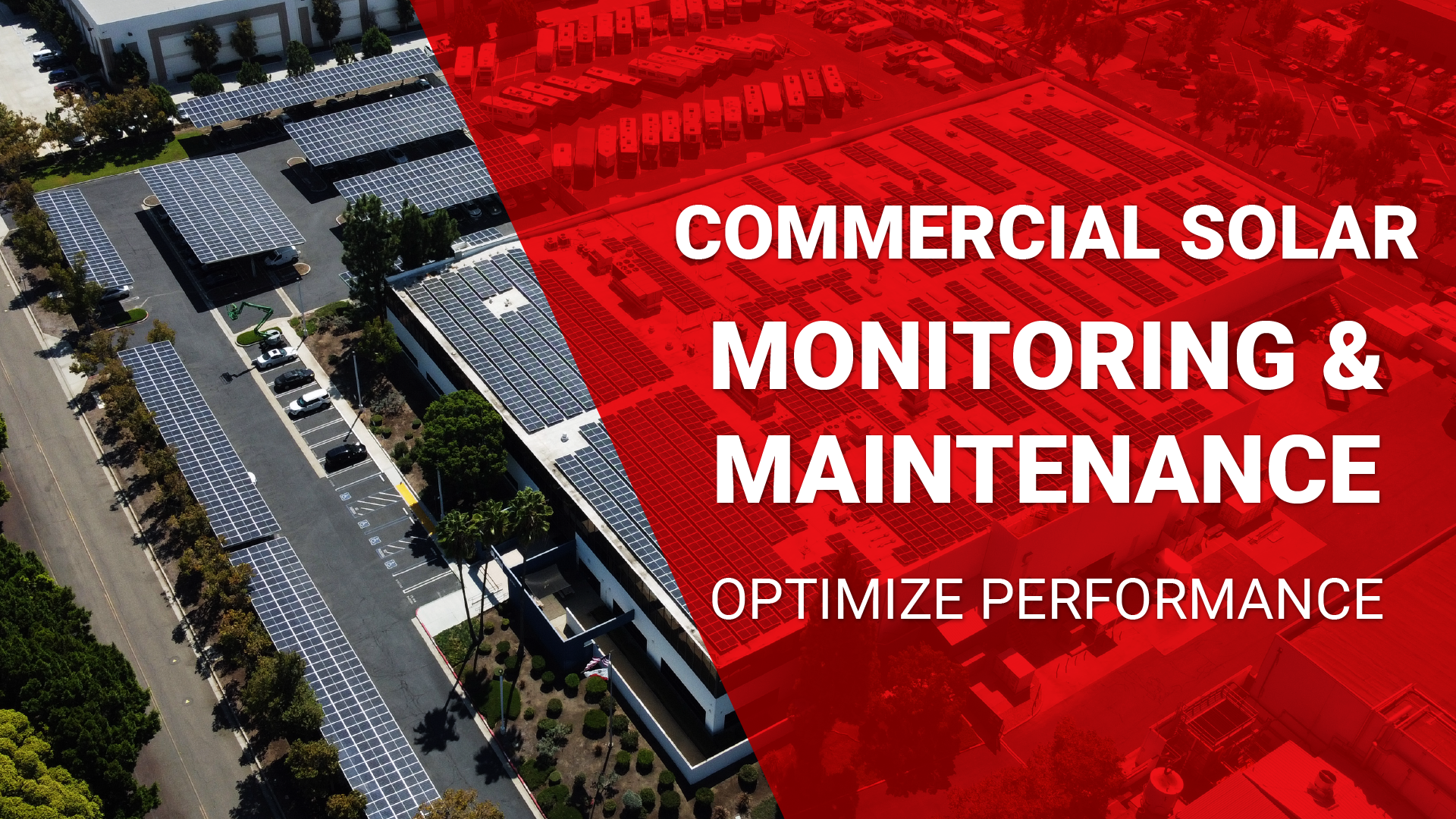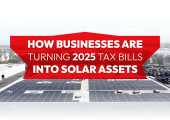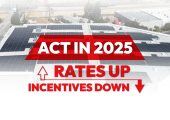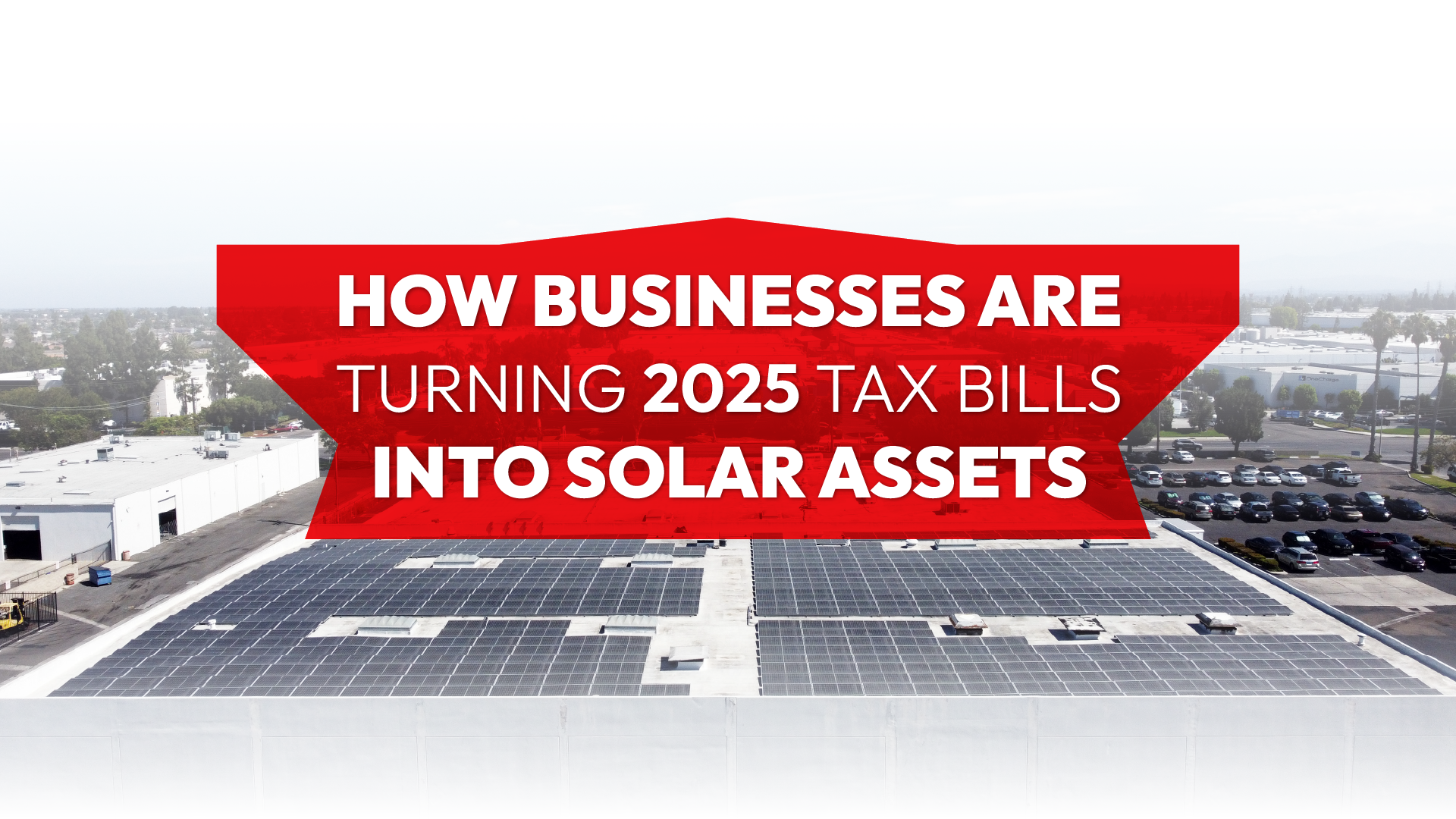Commercial Solar Monitoring & Maintenance: Optimize Performance
Investing in commercial solar systems is a strategic move for companies looking to reduce utility bills, minimize environmental impact, and gain energy independence.
However, simply installing solar panels isn’t enough to guarantee results. To truly maximize your solar investment, business owners must prioritize ongoing commercial solar monitoring and maintenance. Otherwise, your organization could face unexpected costs, missed energy savings, and even costly repairs over time.
In this article, we’ll explain how to get the most from your solar power systems by investing in effective solutions that focus on commercial solar operations and maintenance (O&M), including real-time monitoring systems, routine care, and performance optimization.
What is Commercial Solar Monitoring?
Commercial solar monitoring is the process of continuously tracking the output, condition, and efficiency of a solar energy system. A good solar monitoring system uses a combination of cloud-based platforms, sensors, advanced tools, and algorithms to measure power output, detect abnormalities, and send alerts to stakeholders.
Many of today’s solar panel monitoring systems come with intuitive dashboards and real-time monitoring capabilities, enabling users to make informed decisions based on current performance and trends.
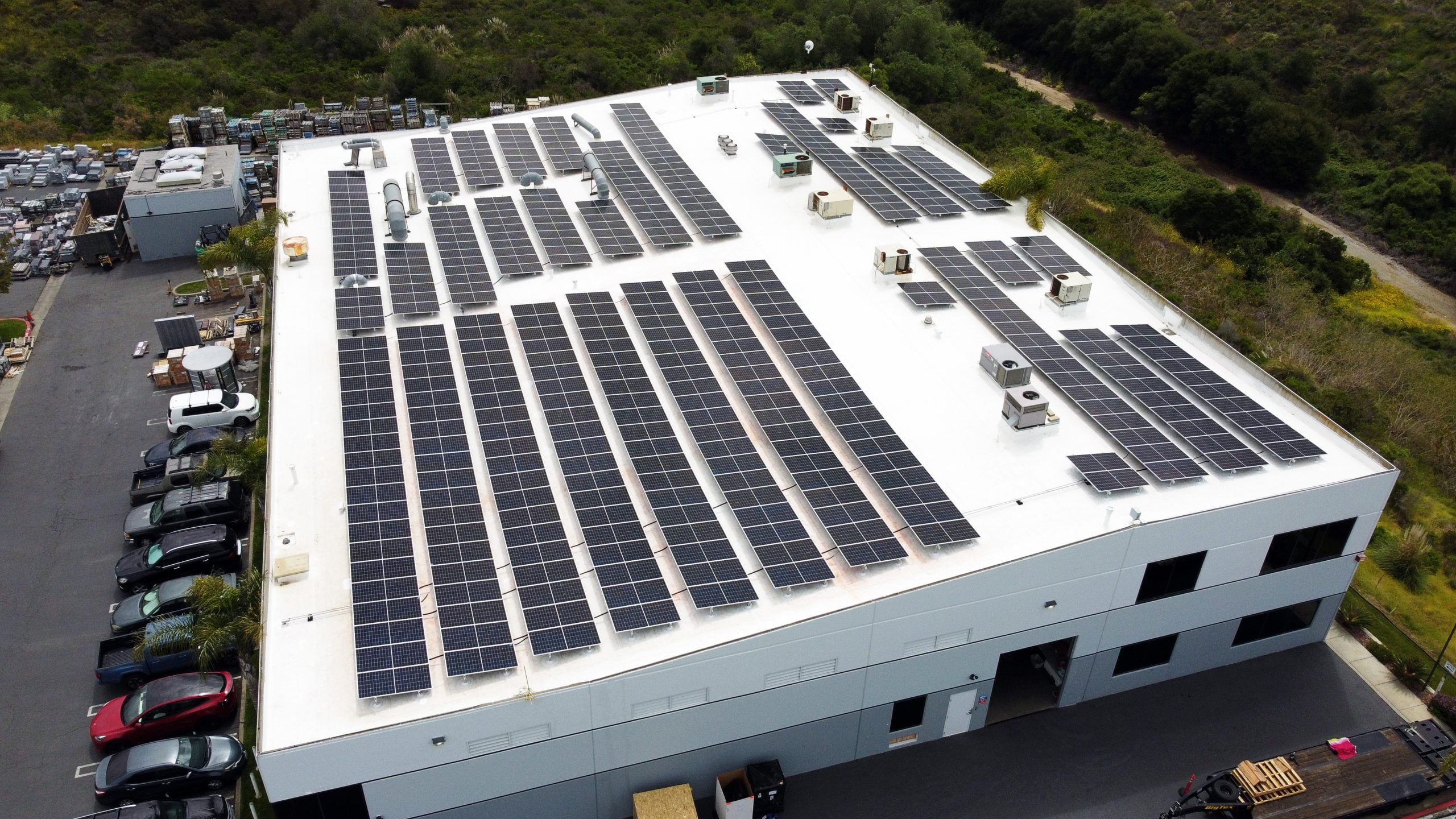
Benefits of Commercial Solar Monitoring
- Active monitoring of your solar energy production, revealing trends and patterns in usage and performance
- Real-time data to catch potential failures early and avoid system-wide shutdowns
- Access to custom reports, alerts, and notifications that inform preventative maintenance schedules
- Tools for detailed system analyses, comparing actual power output to estimated performance
- Support for better electricity usage management and improved energy efficiency
Monitoring platforms are not just for diagnostics—they are vital for strategic planning, compliance, solar performance evaluation, and improving the financial performance of your commercial solar system.
What is Commercial Solar Operations and Maintenance?
Commercial solar operations and maintenance (O&M) refers to a broad set of services that keep a solar power system running at optimal efficiency over its lifespan. This includes preventive maintenance, corrective maintenance, inspections, system optimization, and reporting.
Proper maintenance can increase energy production by around 15%, which is why it is essential for business and facility managers to have a dependable maintenance team. Without regular maintenance, even minor issues such as dust accumulation or loose electrical connections can lead to substantial energy losses.
Core Components of O&M
- Routine inspections of all system components
- Testing and replacement of solar inverters, power optimizers, and other vital electronics
- Solar panel cleaning to remove dirt, leaves, bird droppings, and pollutants
- Monitoring of system behavior in different weather conditions and environmental conditions
- Electrical Installation & Maintenance to prevent shorts, corrosion, or arc faults
- Tracking warranties and repair records from original installers
- Comprehensive system optimization for peak performance.
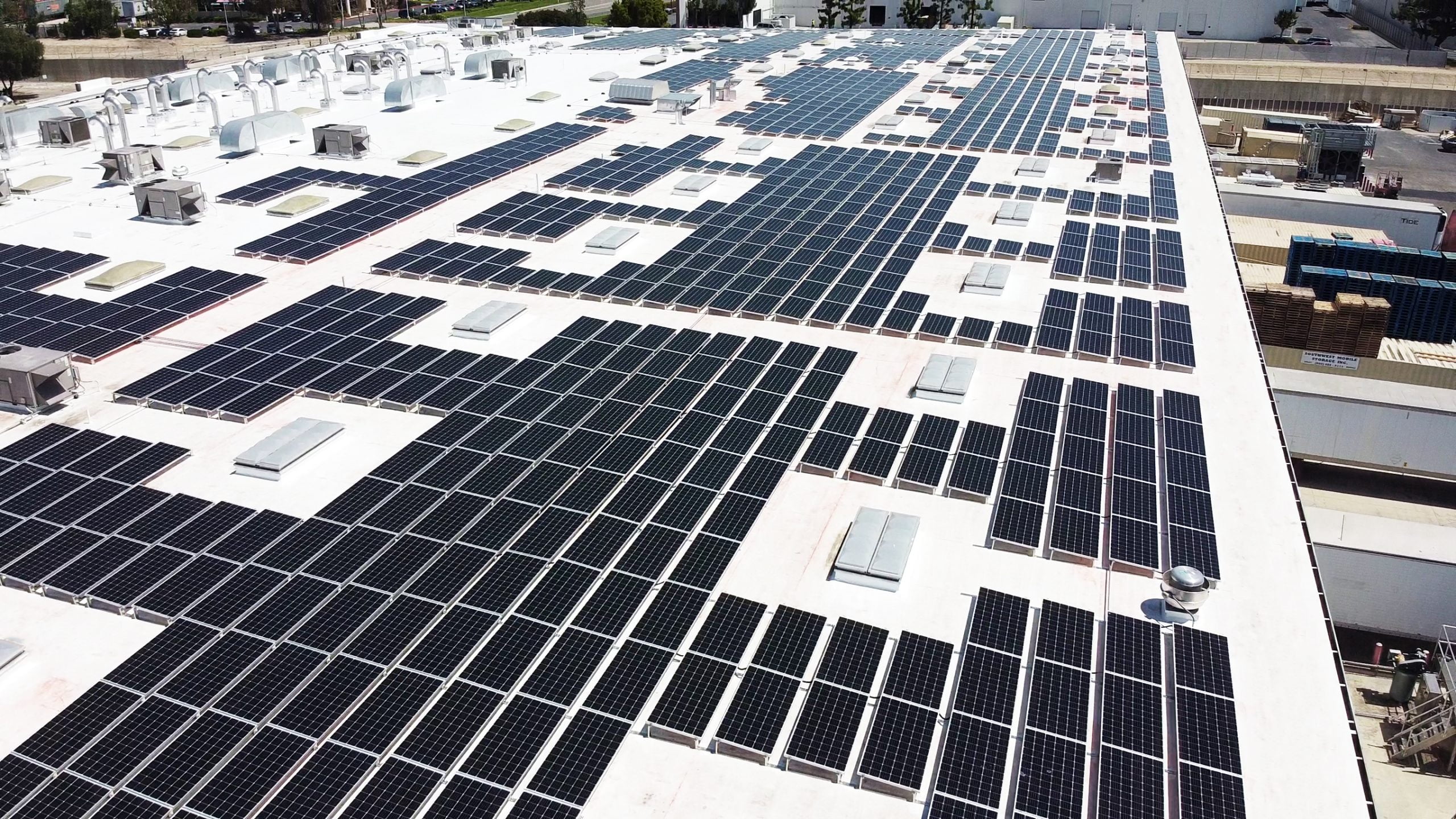
Preventive vs. Corrective Maintenance
It’s important to understand the difference between preventive and corrective maintenance in order to manage the long-term performance and reliability of your commercial solar system.
Preventive Maintenance
Preventive maintenance is a proactive approach that focuses on regularly scheduled tasks designed to keep your solar panel systems running at optimal efficiency and prevent system degradation. These tasks are planned in advance and help identify and address small issues before they become significant problems that could interrupt your solar energy production.
Key preventive maintenance tasks include:
- Routine maintenance such as cleaning panels and removing debris
- Regular inspections of solar inverters, wiring, mounting hardware, and other components
- Verifying electrical connections for safety and performance
- Inspecting system grounding and surge protection
- Calibrating sensors and monitoring equipment for accurate data
- Reviewing data from your solar monitoring system for signs of wear or inefficiency
Preventive maintenance is one of the most important parts of a comprehensive maintenance plan, and it helps protect your return on investment by keeping solar energy systems operating at optimal performance year-round. In fact, preventive maintenance accounted for a significant portion of the solar O&M market and is projected to grow at a compound annual growth rate (CAGR) of 10.1%, reaching an estimated $16.4 billion by 2034.
Corrective Maintenance
On the other hand, corrective maintenance is reactive. It refers to the repairs and replacements that occur after a performance issue has been identified—either through visual inspection or by alerts generated from a solar panel monitoring system. While it’s impossible to avoid all system failures, a well-maintained system with strong preventative maintenance will require fewer corrective actions.
Examples of corrective maintenance include:
- Replacing damaged or underperforming solar panels
- Repairing faulty power optimizers or solar inverters
- Troubleshooting solar monitoring systems or data transmission issues
- Addressing shorts, corrosion, or loose wiring in the electrical systems
- Resolving software errors or updating firmware on cloud-based platforms
Timely corrective maintenance helps prevent minimal downtime, mitigates costly repairs, and ensures consistent solar production—even in the event of unexpected component failures.
Why Regular Maintenance Is Essential for Business Solar Systems
Without regular care and professional oversight, even the most advanced solar power systems can fall short of their performance potential. Over time, dirt buildup, weather exposure, and component aging can reduce energy generation, compromise solar efficiency, and increase maintenance requirements.
Here are key reasons why routine maintenance and monitoring should be a non-negotiable part of your solar strategy:
1. Maintain Peak Efficiency and Energy Output
Accumulated dust, bird droppings, and pollution can reduce solar energy output by 10–30%. Regular solar panel cleaning ensures unobstructed sunlight reaches the panels for maximum usable electricity generation.
2. Identify and Address Potential Issues Early
With tools for active monitoring and real-time data tracking, your monitoring platform can detect potential failures before they affect system performance, preventing costly repairs.
3. Extend the Life of Your Solar Panel System
With the help of a professional maintenance team, small adjustments, hardware updates, and regular inspections prolong the system’s life, improving the overall financial performance and enhancing your solar investment.
4. Optimize ROI with Preventive and Predictive Care
A detailed analysis of your system’s performance helps guide informed decisions about upgrades, replacements, or policy changes—minimizing additional cost and maximizing long-term gains.
5. Align with Compliance and Warranty Standards
Most equipment warranties require proof of ongoing care and routine inspections. Regular maintenance by your original installers or a qualified solar services team ensures eligibility for support and coverage.

Monitoring and Maintenance in Commercial Applications
Commercial solar monitoring and maintenance isn’t one-size-fits-all—it must be customized to meet the unique requirements of different commercial, industrial, and agricultural environments. From office buildings and warehouses to greenhouses and processing facilities, each site has distinct challenges that impact how a solar power system performs over time.
Key Industry Applications:
- Retail & Office Spaces: Require high system uptime, real-time tracking of power consumption, and quick issue resolution to maintain business continuity.
- Warehouses & Manufacturing Facilities: Often have expansive roof space for solar panels, but require advanced monitoring platforms and preventative maintenance to keep energy generation consistent.
- Agricultural Operations: Face unique environmental conditions such as dust, animals, or equipment interference—making routine maintenance, solar panel cleaning, and corrective maintenance essential.
- Public & Educational Institutions: Must meet performance benchmarks for sustainability goals and financial reporting—necessitating detailed custom reports and audit-ready documentation
Partnering with the Right Solar Installation Company
When choosing a solar installation company, it’s important to look beyond the initial install and consider the long-term support and value offered through maintenance services. A reliable partner will deliver more than panels—they’ll ensure your entire energy ecosystem performs optimally for years to come.
Look for a Provider That Offers:
- Custom comprehensive maintenance plans
- Ongoing solar monitoring systems
- Access to dedicated teams for field service
- Historical and real-time performance records for future reference
Here, at Revel Energy, we deliver reliable, efficient, and scalable solar services tailored to commercial, industrial, and agricultural systems. With expert care, a strong monitoring platform, and customized maintenance plans, we ensure your system stays efficient, profitable, and protected for years to come. Reach out today and let’s see how we can help you optimize your solar investment..
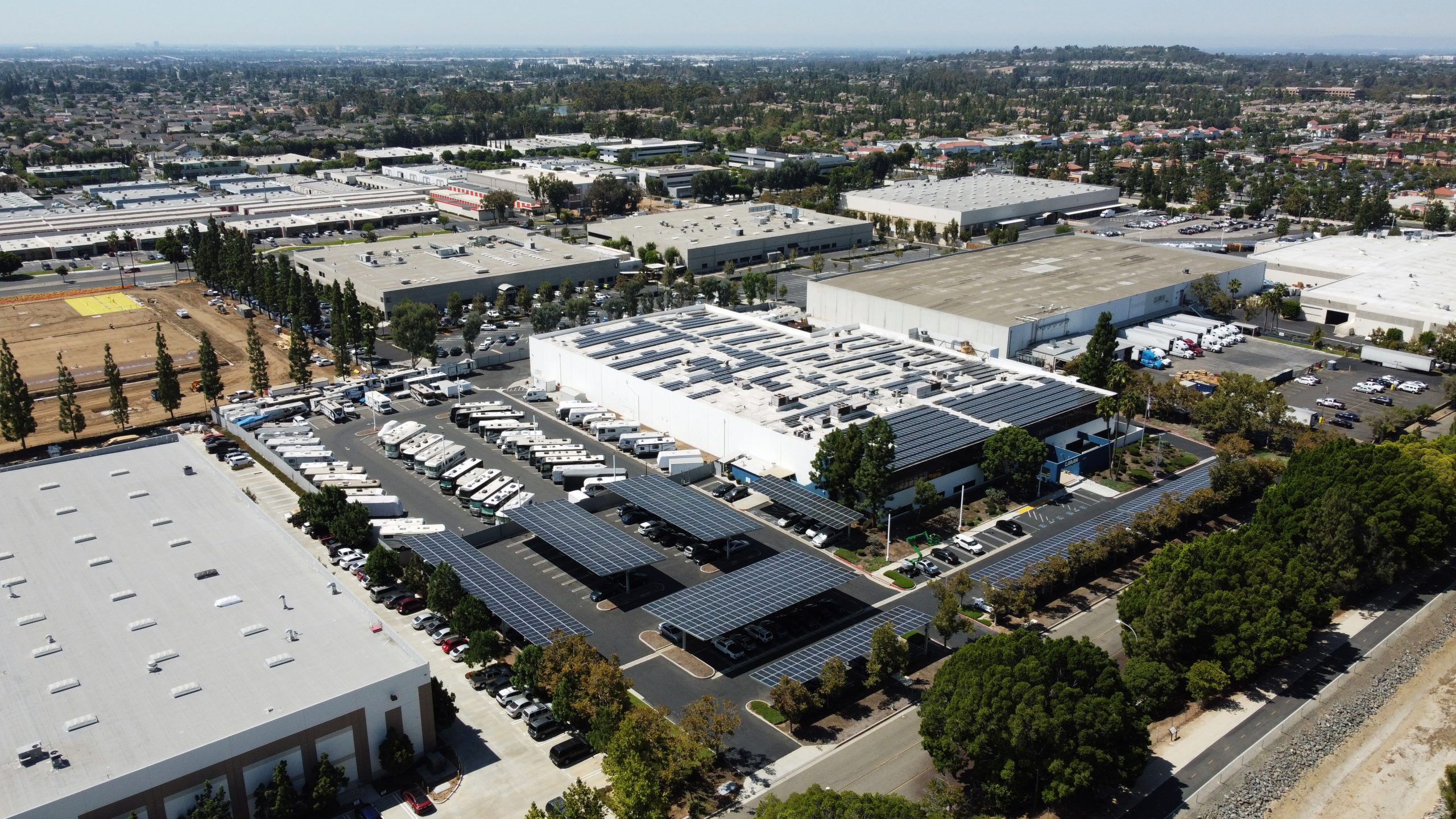
Frequently Asked Questions (FAQ)
At a minimum, schedule annual inspections and biannual cleanings. More frequent routine inspections may be necessary depending on your location’s environmental conditions.
Tasks include solar panel cleaning, checking electrical connections, inspecting solar inverters, ensuring optimal performance, and replacing worn parts. All are vital to maintain maximum efficiency.
Not all do. Be sure your solar installer provides ongoing maintenance services, or choose a provider like Revel Energy that includes Operations & Maintenance as part of your solar solutions.
Efficient systems mean better solar power production and lower operational costs. This improves your return on investment and avoids additional cost from major repairs or system failures.
Commercial grade rooftop solar is ideal for: manufacturing, warehousing, logistics, industrial, retail, hospitality buildings and more with over 10,000 sq. ft. rooftops.
CARPORT SOLAR
Free standing carport solar generates added solar power for properties with limited rooftop space. Added benefits include shading and protection for employees vehicles.
Crucial for reducing peak demand charges. Automated to supply electricity when your panels won’t. Energy storage is ideal for businesses that incur significant peak charges.
As the popularity of electric vehicles increase, so does the demand for on-site charging. This sustainable amenity has become a parking lot fixture for competitive employers.
OUR SERVICES
TURNKEY COMMERCIAL GRADE SOLAR, ENERGY STORAGE, LED LIGHTING AND MORE.
PROFESSIONAL GUIDANCE
CUSTOM TAILORED PLANNING
CONSTRUCTION & INSTALLATION
CSLB #1106092
Client Testimonial: Kelemen Company
Corporate Business Park in Irvine, CA has created significant electricity cost savings through commercial solar installed across the 5-building business park.
Client Testimonial: Tice Gardner & Fujimoto LLP
See how this CPA firm saved on electricity and gained valuable tax credits through commercial solar that they used to keep cash in the businesses.

